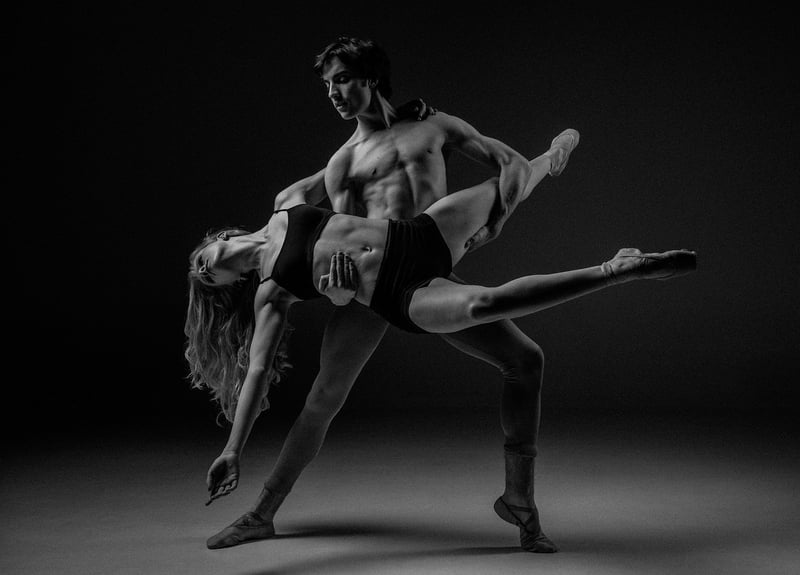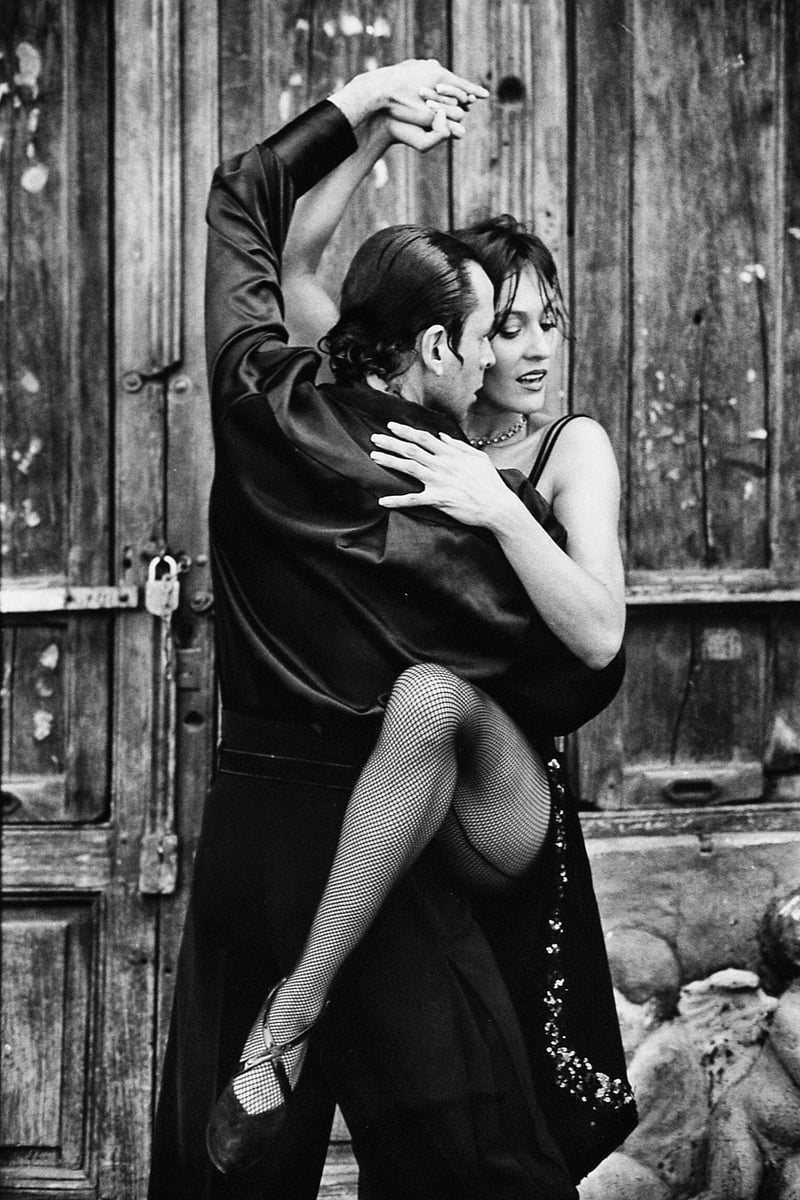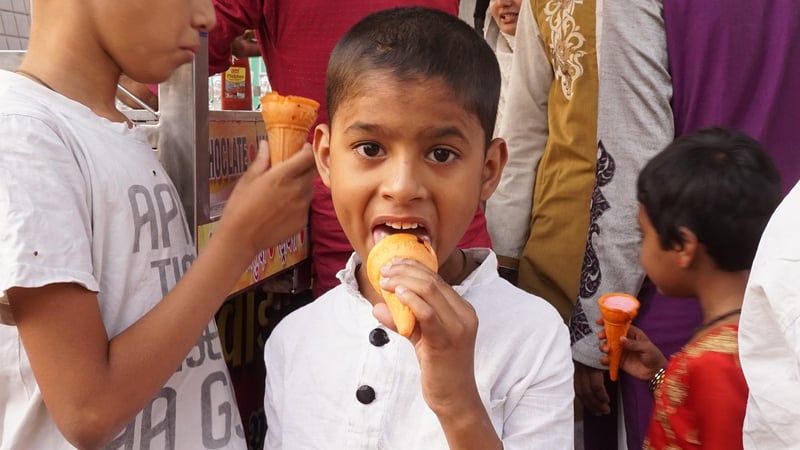Hip Hop
Exploring Expressive Movement Forms in Hip Hop
Hip Hop, a cultural movement that emerged in the 1970s in New York City, has since evolved into a global phenomenon encompassing music, art, fashion, and dance. One of the most prominent elements of Hip Hop is dance, which serves as a powerful form of self-expression and storytelling. Within the realm of dance, Hip Hop incorporates various expressive movement forms that allow dancers to convey emotions, narratives, and experiences through their body movements.
1. Breaking
Breaking, also known as breakdancing, is a dynamic and acrobatic form of Hip Hop dance that originated in the Bronx. It involves intricate footwork, spins, freezes, and power moves performed to the beat of Hip Hop music. Breaking is characterized by its athleticism, creativity, and competitive nature, with dancers engaging in battles to showcase their skills and style.

2. Krumping
Krumping is a high-energy and expressive form of Hip Hop dance that emerged in the early 2000s in Los Angeles. Known for its intense and aggressive movements, krumping is a cathartic outlet for dancers to release raw emotions and energy. Dancers engage in freestyle battles, using their movements to express anger, frustration, and passion.

3. Popping and Locking
Popping and locking are funk styles that became integral to Hip Hop dance in the 1970s. Popping involves quickly contracting and relaxing muscles to create a popping effect, while locking consists of freezing movements in specific positions. Both styles emphasize precision, rhythm, and control, allowing dancers to create visually stunning illusions and textures through their movements.

4. Waacking
Waacking is a form of dance that originated in the LGBTQ+ clubs of Los Angeles in the 1970s. Characterized by fluid arm movements, poses, and theatricality, waacking is a dance style that celebrates individuality, confidence, and self-expression. Dancers use waacking as a means to embody characters, tell stories, and connect with the music on a deep emotional level.

Through these diverse expressive movement forms, Hip Hop dance continues to push boundaries, defy norms, and empower dancers to tell their stories and express their identities in unique and powerful ways.
